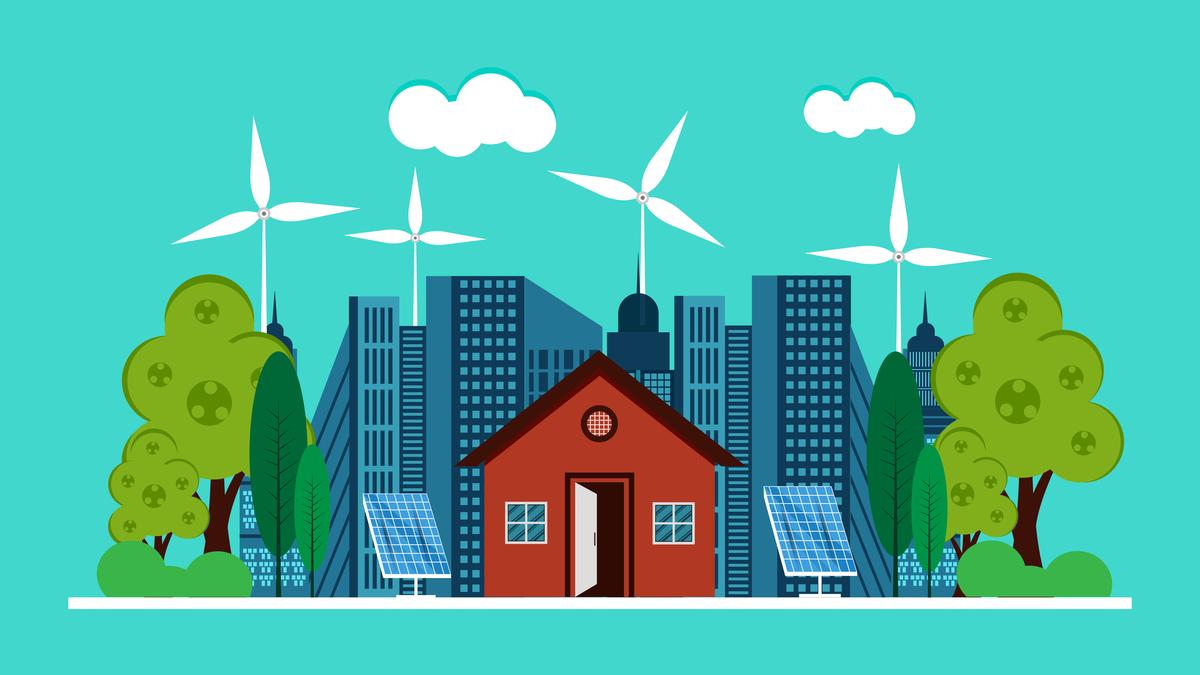
The degradation of natural ecosystems is an urgent global issue, and India, with its vast geographical and ecological diversity, is no exception. With almost 30% of its total geographical area having land degradation, the need for India to adopt a comprehensive nature restoration law is more acute. The Nature Restoration Law (NRL), which was enacted by the European Union (EU), is an inspiring model from which India can draw points to tackle its growing environmental crises.
The NRL, adopted by the EU’s Environmental Council on June 17, 2024, is a groundbreaking piece of legislation that aims to restore the health of Europe’s ecosystems. The regulation was endorsed by a majority of EU member-states, representing 66.07% of the EU population, marking a milestone in global environmental governance.
The law mandates that at least 20% of the EU’s land and sea areas must be restored by 2030, with the goal of having all ecosystems in need of restoration fully restored by 2050. The NRL is part of the EU’s Biodiversity Strategy for 2030 and the European Green Deal, and it seeks to reverse the alarming trend of biodiversity loss as over 80% of Europe’s habitats are in poor condition. It focuses on a broad range of ecosystems, from forests and agricultural lands to rivers and urban spaces, implementing specific measures such as the restoration of 25,000 kilometres of rivers into free-flowing rivers and the planting of three billion additional trees by 2030.
The environmental, economic case for India India is grappling with similar, if not more severe, environmental challenges. According to the Indian Space Research Organisation (ISRO)’s Desertification and Land Degradation Atlas, nearly 97.85 million hectares (29.
7%) of India’s total geographical area underwent land degradation in 2018-19, a sharp increase from 94.53 million hectares in 2003-05. Desertification, in particular, is a growing concern, with 83.
69 million hectares affected in 2018-19. The report highlights that land degradation is prevalent in key States such as Gujarat, Karnataka, Maharashtra and Rajasthan, which together form 23.79% of India’s desertified land area.
India has already made considerable strides in addressing these issues through the successful implementation of the Green India Mission, the Pradhan Mantri Krishi Sinchayee Yojana, the Integrated Watershed Management Programme (which is the second-largest watershed programme in the world) and the National Afforestation Programme. However, the scale of the problem demands a more comprehensive approach. Just as the EU’s NRL sets legally binding targets for ecosystem restoration, India needs such a nature restoration law that mandates the restoration of its degraded landscapes, ensuring the long-term sustainability of its ecosystems.
COMMENT | Restoring earth’s right to ‘good health’ What a law in India could look like A Nature Restoration Law in India, inspired by the EU’s model, could include the following. First in the list is restoration targets. India should aim to restore 20% of its degraded land by 2030, with a goal of restoring all ecosystems by 2050.
This includes forests, wetlands, rivers, agricultural lands, and urban green spaces. Second is wetland restoration. While peatlands are less common in India, critical wetlands such as the Sundarbans and Chilika Lake support biodiversity and carbon sequestration.
A law could target restoring 30% of degraded wetlands by 2030. Third is biodiversity in agriculture. Agriculture dominates India’s landscape.
Promoting agroforestry and sustainable practices could restore farmlands. Indicators such as the butterfly or bird index used in the EU, could track progress. Fourth is river restoration.
India could focus on restoring free-flowing rivers, beginning with major rivers such as the Ganga and Yamuna, addressing pollution and obstructions. Fifth is urban green spaces. To combat urban degradation, India should ensure no net loss of green spaces, promoting urban forests in cities such as Bengaluru and Delhi, which face heat islands and declining air quality.
Related Stories A law around low-carbon climate resilient development The shape of a five-year climate agenda for India Court on climate right and how India can enforce it Climate change, a passing cloud in Indian politics The Great Indian Bustard and climate action verdict What community forest resources say about India’s forest plans | Explained Economic and social benefits of restoration The benefits of such a law would extend beyond environmental restoration. According to the World Economic Forum, nature restoration could globally generate economic returns of up to $10 trillion annually by 2030. In India, restoring degraded lands would enhance agricultural productivity, improve water security, and create millions of jobs, particularly in rural areas.
The law could also help India meet its Sustainable Development Goals (SDGs) Goal 15, which calls for the sustainable management of forests and combating desertification. Restoring ecosystems can also mitigate the effects of climate change, which exacerbates land degradation. Degraded land loses its capacity to absorb carbon dioxide, further contributing to global warming.
By restoring its ecosystems, India can enhance its carbon sinks and meet its commitments under the Paris Agreement. The EU’s Nature Restoration Law sets an important precedent for countries worldwide. Given the alarming levels of land degradation and biodiversity loss in India, such a law in India would not only help India restore its degraded ecosystems but also contribute to its socio-economic development and climate resilience.
The clock is ticking, and the time to act is now. Tuhin A. Sinha is National Spokesperson, Bharatiya Janata Party.
Kaviraj Singh is Founder and Managing Director, Earthood Published - October 22, 2024 12:58 am IST Copy link Email Facebook Twitter Telegram LinkedIn WhatsApp Reddit European Union / laws / environmental issues / ecosystems / India / nature / oceans / forests / rivers / ISRO / Gujarat / Karnataka / Maharashtra / Rajasthan / afforestation / wetlands / West Bengal / Orissa / carbon capture and sequestration / pollution control / bengaluru / Delhi / air pollution / employment / Sustainable Development Goals / global warming.














